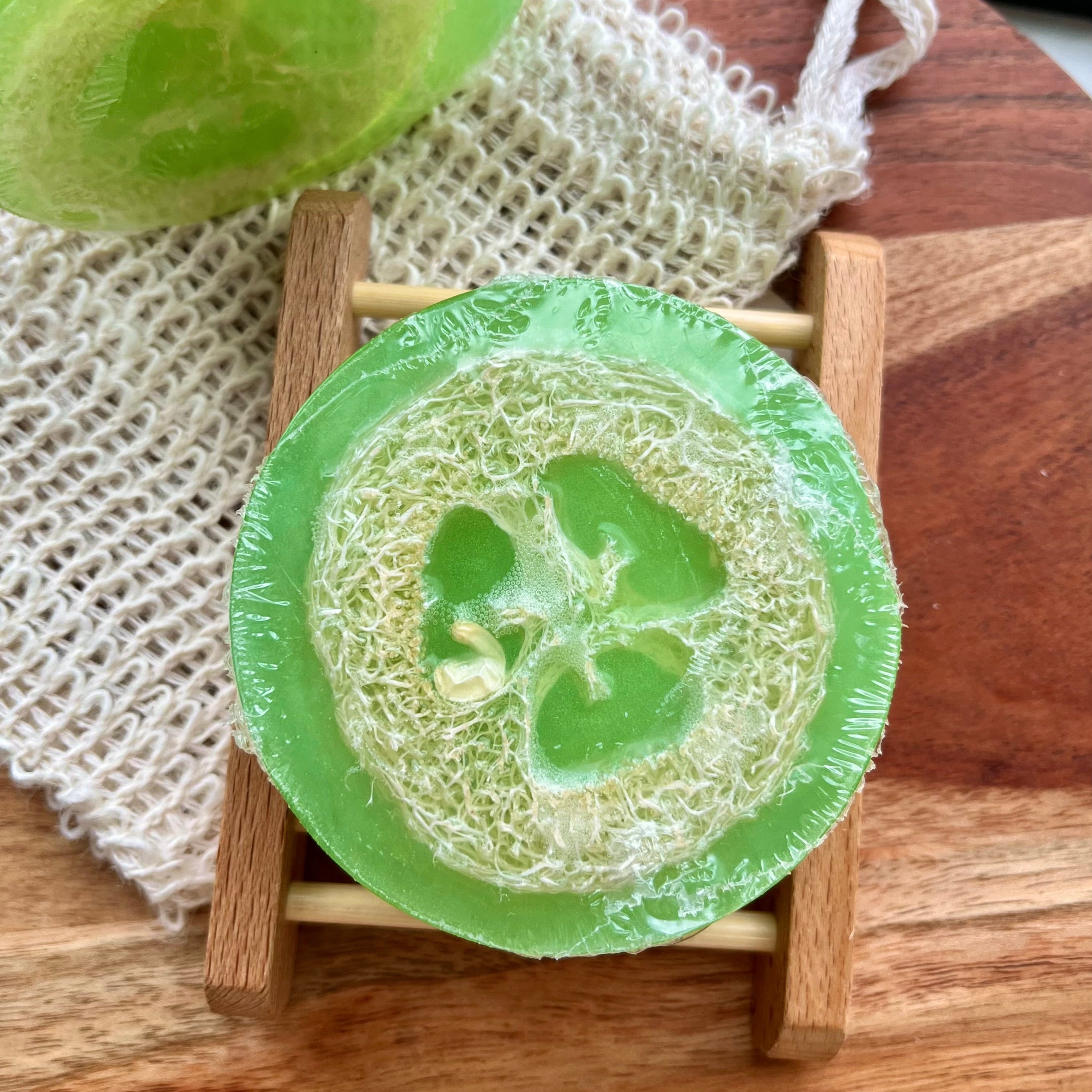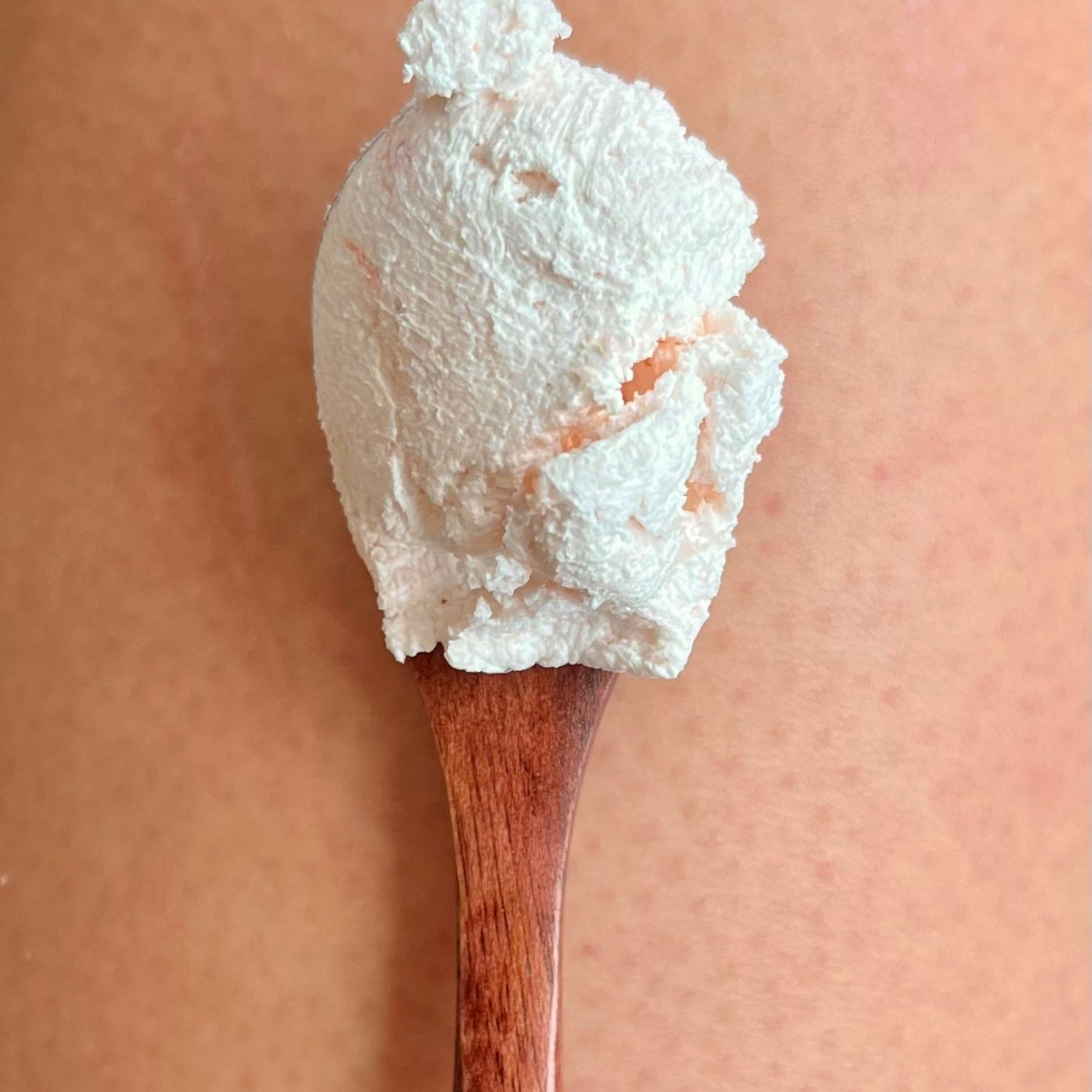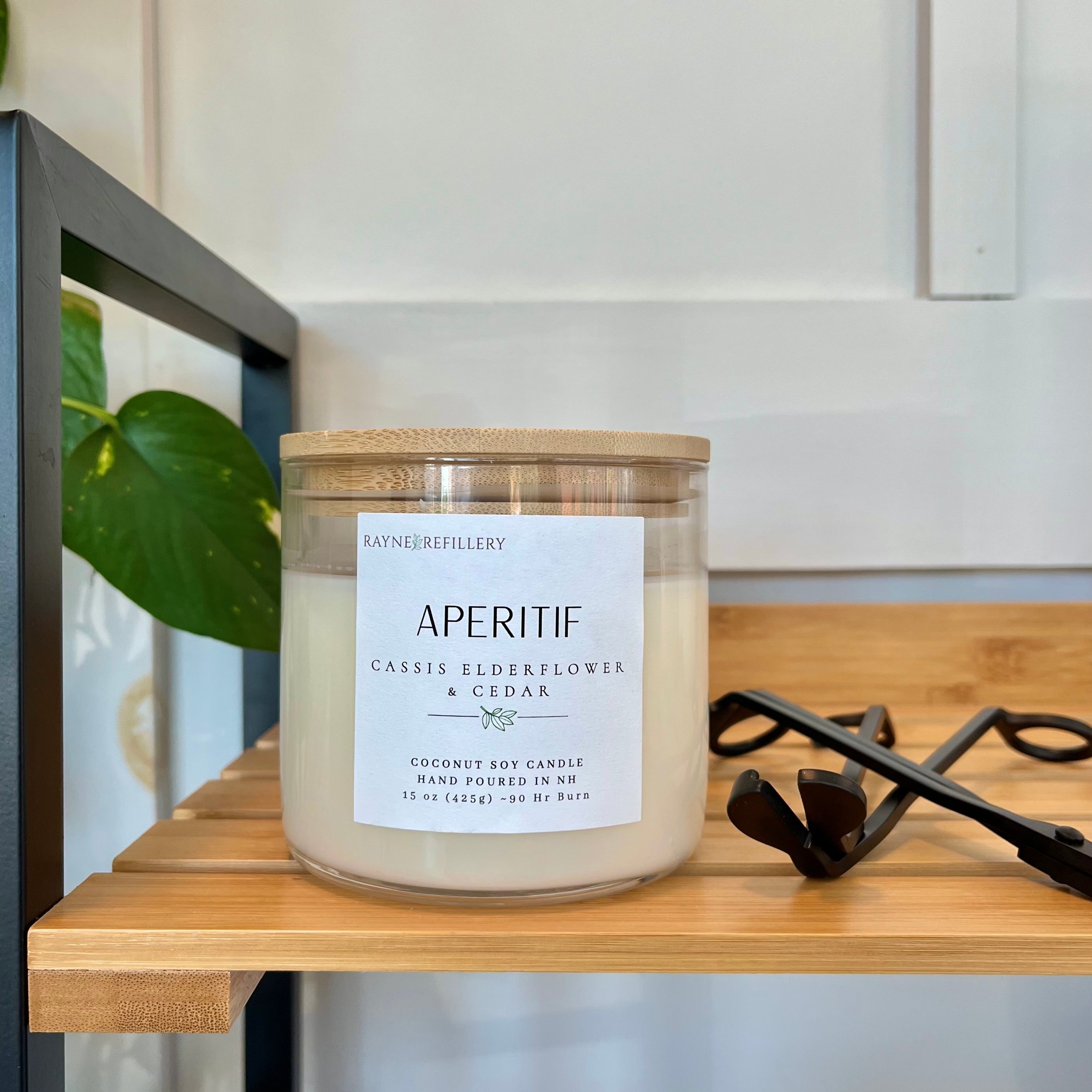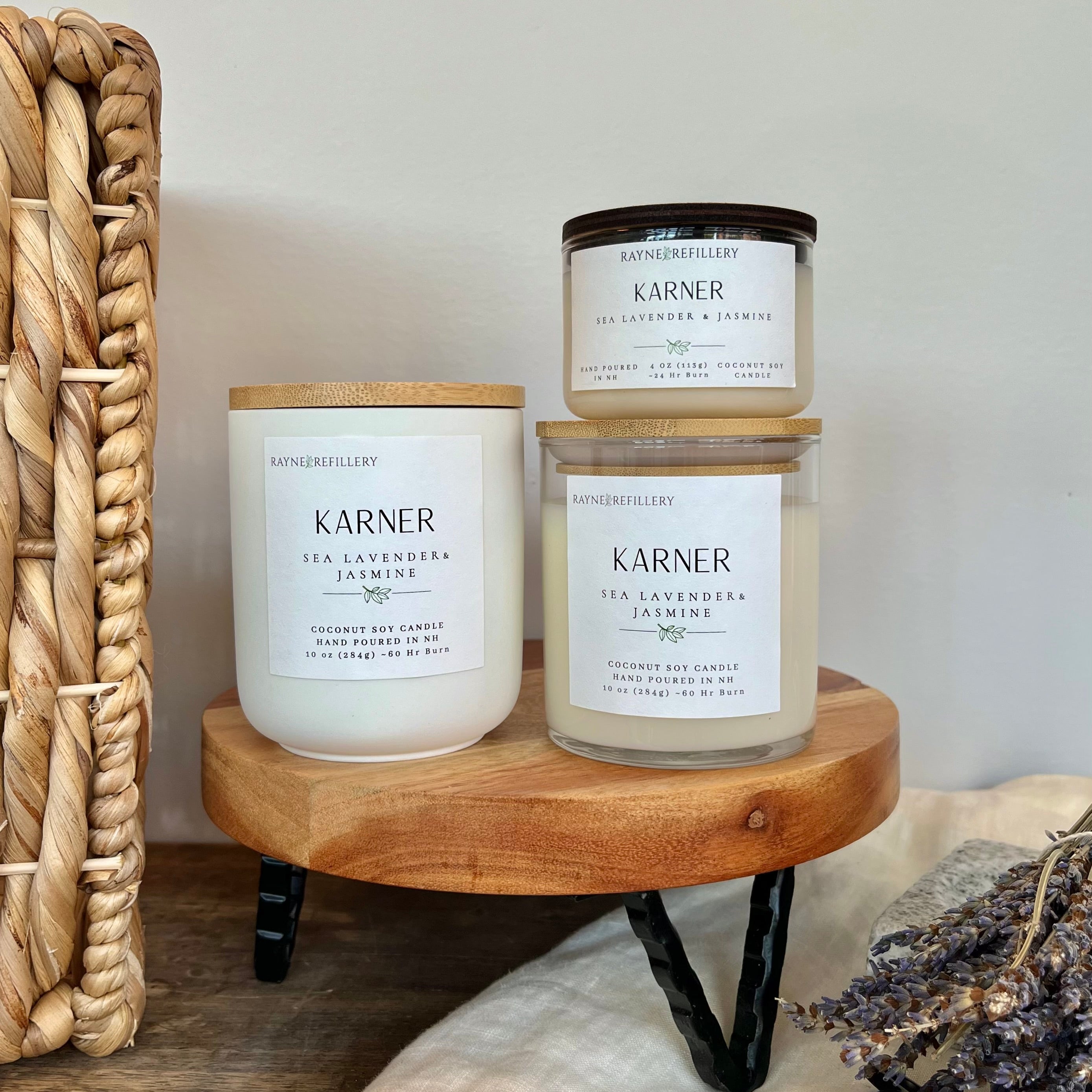Switching to a shampoo bar isn’t just a trend, it’s a move toward cleaner ingredients, less plastic waste, and a more conscious routine. If you’ve found your way here, you’re probably curious: what are shampoo bars, how do they compare to the traditional liquid shampoo, and are they really as good as they sound?
In the next few minutes you’ll get the full scoop: from how they work, to their benefits, and how to pick (and use) the right one for your hair.
At Rayne Refillery, we believe beauty can be both effective and kind to the planet and shampoo bars fit right into that mission!
How Do Shampoo Bars Work?
Shampoo bars work in much the same way as liquid counterparts: surfactants (surface-active agents) lift oils, debris, and product build-up from your hair, allowing them to be rinsed away. The main difference lies in how the product is delivered and formulated.
Here’s how to think about it:
-
The bar dissolves slightly when you lather it (either in your hands or directly on your hair). The lather or foam carries the cleansing agents.
-
As you massage onto your scalp and through your hair, the surfactants surround oil/dirt particles (emulsify) so they can be rinsed away with water.
-
Because many shampoo bars skip heavy silicones or unnecessary synthetic additives, they often rely more on nourishing oils/butters to maintain hair health.
-
One thing to note: because the form and packaging differ, you might notice an initial adjustment period for your hair (more on that later in the blog).
In short, you get cleansing + nourishment in a low-waste package—with no compromise on effectiveness when formulated well.
Benefits of Using Shampoo Bars
There are several compelling reasons to make the switch to a shampoo bar especially if you follow the eco-conscious, plant-based, low waste ethos of Rayne Refillery.
Let’s look at the top benefits:
-
Eco-friendly & zero-waste: Shampoo bars often come with minimal or plastic-free packaging, dramatically reducing the single-use plastic waste associated with traditional liquid shampoo bottles. In the U.S. alone, 550 million empty shampoo bottles are reportedly discarded each year and that figure doesn’t even include conditioner, body wash or other bathing-product bottles.
-
Travel-friendly: Solid bars won’t leak or spill, and they sidestep many of the liquid-restrictions for airplane travel.
-
Long-lasting & cost-effective: Because you’re not filling a full bottle, often a bar lasts as long (or longer) than a bottle and it’s easier to see when it’s done.
-
Gentle ingredients: Many shampoo bars are formulated with fewer and more natural ingredients. So no heavy silicones, fewer synthetic additives, often vegan and cruelty-free
-
Simplified routine: The solid format encourages mindful use: rub the bar, lather, apply. No heavy bottles or unnecessary additives.
For someone wanting to elevate their hair care routine and reduce environmental impact, shampoo bars hit the sweet spot.
Potential Downsides and How to Overcome Them
Of course, no product is perfect for everyone and there can be a few quirks when you make the switch. Here are some potential downsides of shampoo bars and how to deal with them:
-
Initial transition period: When you go from liquid to bar (especially if you used a lot of silicones or heavy conditioners before), your hair might feel different for a week or two. It might be slightly limp, a bit more waxy, or feel like it needs ‘something more’. This is simply your scalp recalibrating. The fix: stick with the bar for at least 2–3 washes, use a clarifying rinse occasionally, and be patient.
-
Buildup or residue issues: If the bar isn’t rinsed thoroughly, or if your water is very hard (high mineral content), you might notice some residue. The fix: ensure you fully rinse your hair, consider an occasional vinegar rinse (1 tbsp apple cider vinegar in 1 cup water) to clear minerals.
-
Storage concerns: Bars can become mushy if left in standing water or a wet soap dish. The fix: allow the bar to dry between uses—use a well-draining soap dish or container, store away from direct water spray.
-
Not all formulations are equal: Some bars are formulated for very specific hair types (curly, oily, color-treated). If you choose a generic bar, you might miss out on targeted benefits or have to deal with compromise. The fix: read the label to ensure it suits your hair type, desired outcome, and aligns with your values (vegan, cruelty-free, minimal packaging).
By being aware of these potential hiccups, you’ll be better prepared and the switch to a shampoo bar can be smooth and rewarding.
How to Use a Shampoo Bar (Step-by-Step Guide)
Here’s a practical, step-by-step guide to using a shampoo bar, perfect for anyone who wants clear actionable instruction.
-
Wet your hair thoroughly: Use warm (not hot) water to thoroughly wet your scalp and hair.
-
Lather the bar: You can either rub the bar in your hands to generate a lather, or gently run the bar directly over your scalp/hair (especially at the roots).
-
Apply the lather: Massage the lather into your scalp using your fingertips (not nails), then work it down through your hair. Focus on the scalp first (where oil & buildup accumulate) and then the lengths.
-
Rinse well: Rinse out with warm water until no soapiness remains. Ensure the water runs clear from your hair.
-
Optional: follow with a conditioner bar or rinse: If your hair is dry, color-treated or curly, you might benefit from a conditioning bar (solid conditioner) to help smooth and detangle.
-
Dry and store the bar: After use, place the shampoo bar on a well-draining soap dish away from the direct spray of the shower so it can dry. This prolongs the life of the bar and prevents it from disintegrating.
-
Use consistently: For best results, use the bar every wash. If you’re transitioning from a heavily-coated liquid shampoo, your hair might adjust over the first few washes—it may feel different, but give it time.
Make the Switch to Sustainable Haircare
Switching to shampoo bars isn’t just a small lifestyle tweak, it’s a mindful step toward a cleaner, greener future. Every bar you use saves another plastic bottle from entering the landfill, keeps harmful ingredients out of our waterways, and supports a more sustainable way to care for yourself and the planet.
At Rayne Refillery, we believe that sustainability starts with everyday choices. Choosing a shampoo bar is a simple, effective way to reduce waste, support ethical brands, and enjoy healthy, vibrant hair without compromise.
So next time you reach for your shampoo, think about what’s inside the bottle and what you could replace it with. Small swaps add up, and together, we can create a big ripple of change.
Ready to make the switch? Explore our range of plastic-free hair care options at Rayne Refillery and find your perfect shampoo bar today.











